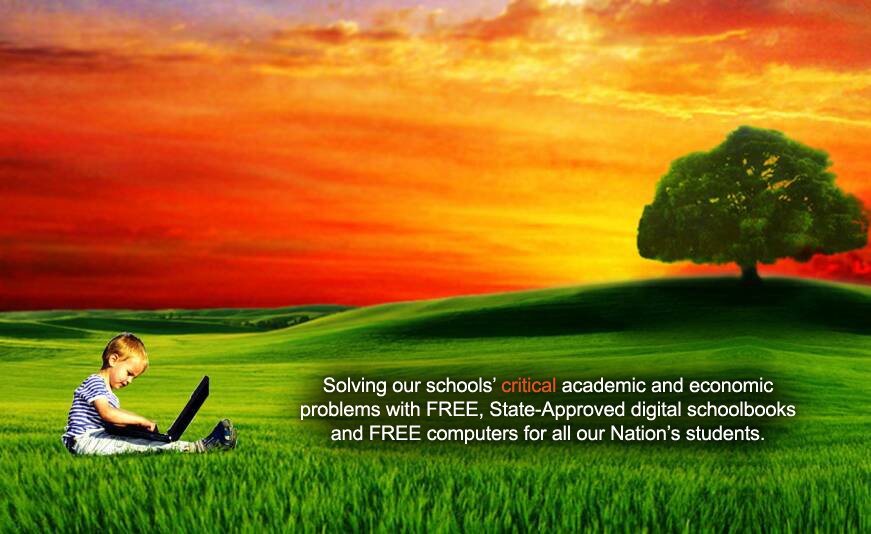

Search the NDSL
NDSL
Earthquakes The chapter begins with discussion of stresses on rocks and mountain building. Understanding the causes of earthquakes, seismic waves, tsunami and ways to predict earthquakes are followed by information about staying safe during an earthquake
Volcanoes The chapter considers how and where volcanoes form, types of magma and consequent types of eruptions, as well as different volcanic landforms associated with each.
Weathering and Formation of Soil This chapter begins with a discussion of mechanical and chemical weathering of rock. These concepts are applied to the formation of soil, soil horizons, and different climates related soils.
Erosion and Deposition Erosion and Deposition considers how these processes shape Earth's surface through the actions of rivers, streams, groundwater, wind, waves, glaciers, and gravity.
Evidence About Earth's Past This chapter discusses different modes of fossilization, correlation of rock units using relative age dating methods, and absolute age dating of rocks.
Earth's History This chapter discusses the geologic time scale, the development of Earth from early in its history through today, and the evolution of life on Earth.
Earth's Fresh Water This chapter considers the water cycle and develops student understanding of our lakes, rivers, streams, and groundwater.
Earth's Oceans This chapter discusses how Earth's oceans were formed, the composition of ocean water, as well as the action of waves and tides. Discussion continues with descriptions of the various areas of the seafloor and types of ocean life.
Earth's Atmosphere This chapter covers the properties, significance, and layers of the Earth’s atmosphere, how energy transfers within our atmosphere, and movement of air throughout our atmosphere and over the Earth’s surface.
Weather This chapter considers various factors of weather, cloud types, movement of air masses, and the development of different types of storms. Discussion concludes with weather forecasting using various tools, maps, and models.
Climate The chapter considers how the different factors of Earth's dynamic surface affect climate, the different climates found worldwide, and the causes and impacts of climate change.
Ecosystems and Human Populations This chapter considers the role of ecosystems, including how matter and energy flow through ecosystems, the carbon cycle and how our human population growth affects our global ecosystem.
Human Actions and the Land This chapter discusses causes and prevention of soil erosion, as well as ways that humans have polluted our land surface with hazardous materials, and what can be done to prevent this type of pollution.
What is Earth Science? This chapter covers the scientific method and the various branches of Earth Science.
Studying Earth’s Surface This chapter informs students about different types of landforms on Earth, map projections, and the use of computers and satellites to study and understand Earth's surface.
Earth's Minerals This chapter covers types of minerals and how they form, how to identify minerals using their physical properties as well as the various ways minerals form and are used as resources
Rocks This chapter discusses the rock cycle and each of the three major types of rocks that form on Earth. Separate sections cover igneous, sedimentary, and metamorphic rocks individually.
Earth's Energy This chapter discusses available nonrenewable and renewable resources, including resources such as fossil fuels, nuclear energy and solar, wind and water power.
Plate Tectonics This chapter covers properties of Earth's interior, continental drift, seafloor spreading, theories of plate tectonic movement, plate boundaries, and landforms.